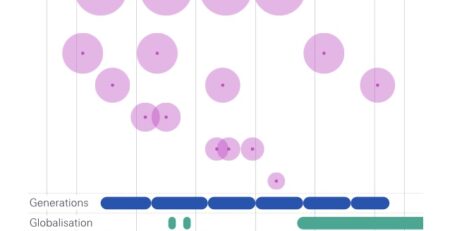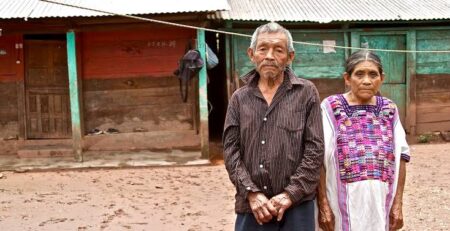Pension Coverage in Latin America: trends and determination
By Rafael Rofman & Maria Laura Oliveri
This document presents an analysis of pension coverage trends in Latin America for the past decades. Its preparation involved the collection, revision, and processing of household surveys in over 18 countries in the region, spanning a period of almost 40 years in some cases. The main goal of this document is to offer comparable data on pension coverage among the economically active population and the elderly, considering the relevance of several demographic, social, and economic variables on these coverage levels. By producing this large and comparable regional dataset, the document supports the discussion of several stylized facts on pension coverage in Latin America. The results show that coverage among active workers is low in most countries, although there has been a relative improvement since the early 1990s. The situation is still distressing among workers in the primary sector or employed by small enterprises as well as for women, primarily because of their persistent lower rates of labor market participation. In recent years coverage of some of the most vulnerable groups has increased, but it still presents very low rates. Among the elderly, regional averages have been very stable since the early 1990s, although this average hides important differences among countries.
Full Content: The World Bank










